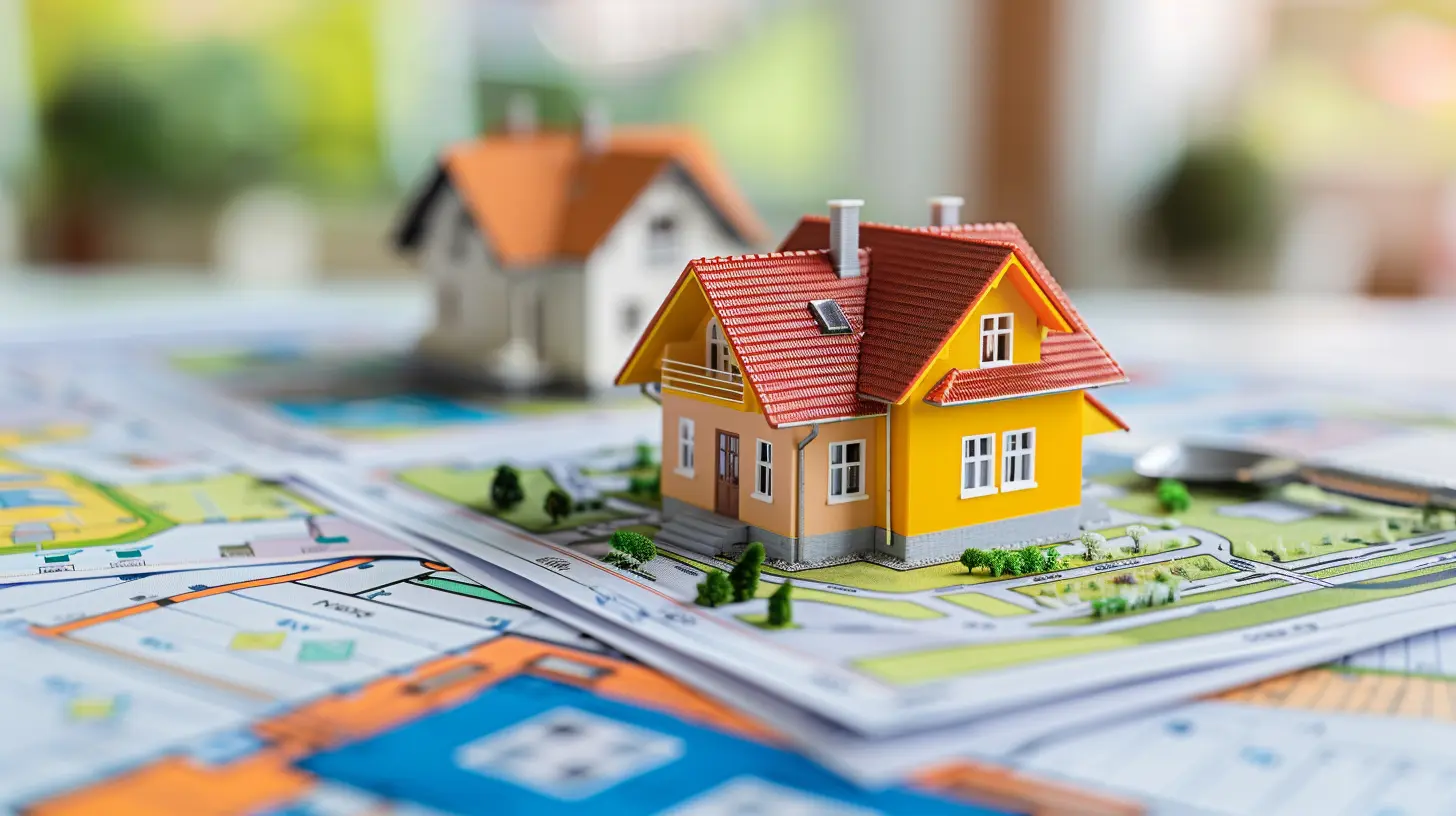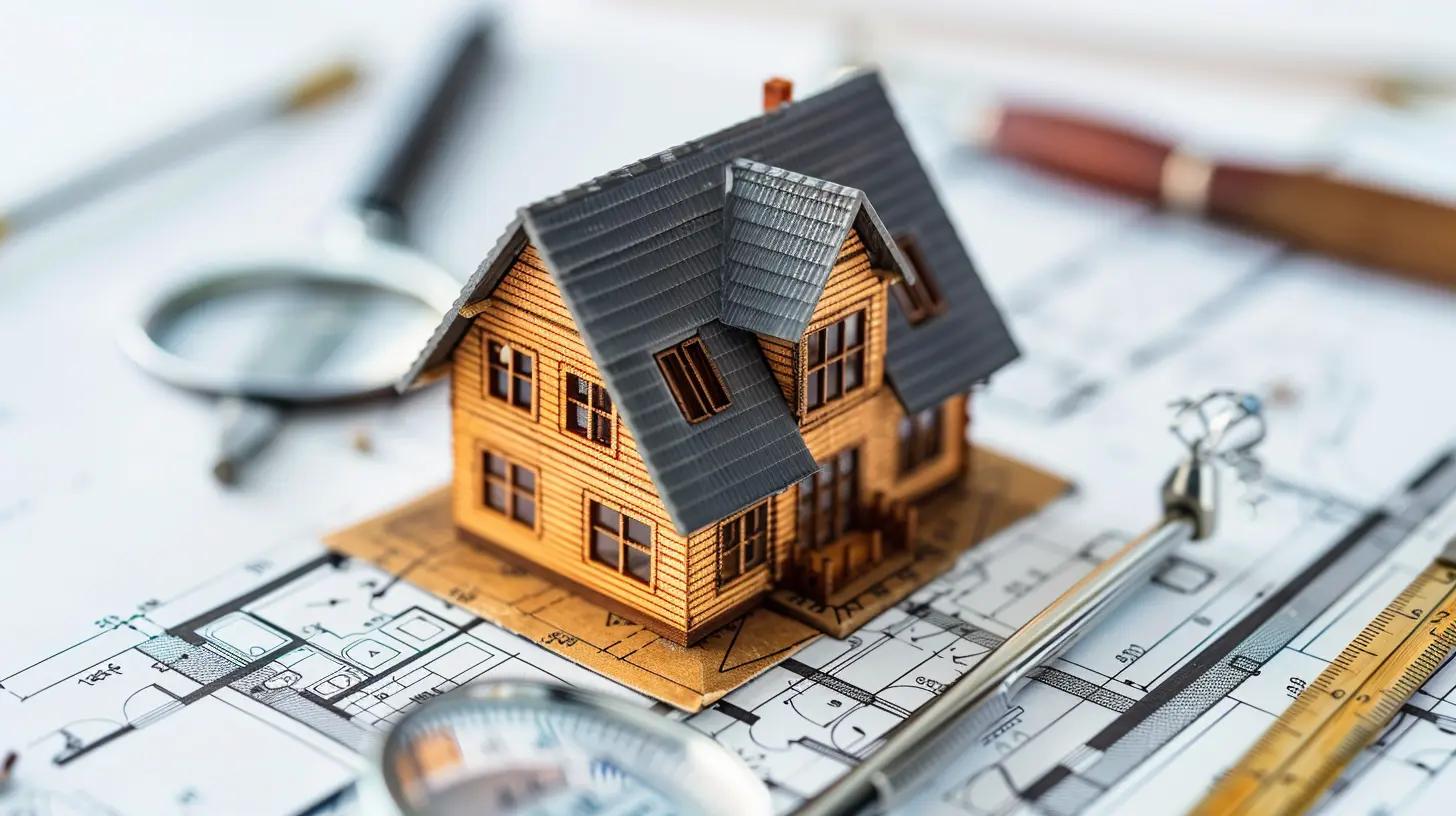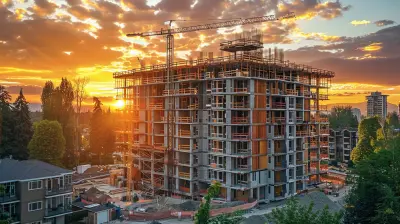19 March 2025
The real estate industry isn’t just about brick, mortar, and blueprints anymore. It’s about data—big data. Yep, those endless streams of ones and zeros that seem to know more about us than we know about ourselves. Big data is reshaping real estate development planning in ways that could once only exist in sci-fi. And believe me, it’s doing so with some serious pizazz.
If you’re a developer, a real estate enthusiast, or just someone who’s curious about how we’re building the future, buckle up. This article will take you through everything from why big data matters, to how it’s revolutionizing the way we plan and develop our urban jungles. 
What Exactly Is Big Data? And Why Should You Care?
Let’s keep it simple. Big data refers to gigantic sets of information that can be analyzed to reveal patterns, trends, and associations—basically, it's like having a crystal ball, but way nerdier. Think about all the apps you use, online purchases you make, or even how long you lingered on that sofa while scrolling on your favorite e-commerce site. That’s data, and there’s tons of it!For real estate development planning, big data is pure gold. It helps developers understand what buyers want, where the next "hot neighborhood" might be, and even how traffic patterns impact daily commutes. And, let’s be honest, who wouldn’t want that kind of insight before pouring millions into a project? 
The Big Impact of Big Data in Real Estate
1. Pinpointing Perfect Locations
Location, location, location—it’s the holy grail of real estate, right? Before big data, developers had to rely on limited market research, gut feelings, and maybe a little luck. Now? Big data changes the game entirely.Imagine being able to analyze traffic volumes, foot traffic, population growth, or even the proximity to schools and shopping centers all in one place. For instance, heatmaps powered by data can show where people spend most of their time in a city. This helps developers choose sites that’ll attract the most value—whether it’s for residential complexes, retail parks, or even mixed-used developments.
2. Understanding Buyer Behavior
Let’s face it, people are complex. We want walkability, but we also don’t want to walk miles. We want amenities, but not at the expense of peace and quiet. Big data takes the guesswork out of this balancing act.Data from social media trends, online behaviors, and purchasing history gives developers a clearer picture of what potential homebuyers or renters are looking for. Are people craving green spaces? More coworking hubs? Homes with smart tech? Big data answers these questions like a crystal ball—but one backed by cold, hard statistics.
3. Streamlining Urban Planning
City planning is no joke. One bottlenecked intersection can ruin a neighborhood’s vibe. But big data allows developers and urban planners to collaborate more effectively. By analyzing traffic patterns, population densities, and even weather data, they can create smarter layouts for roads, utilities, and public transport.Let’s throw in an example. Say a developer wants to build a new mixed-use property. By analyzing commuting patterns, big data might reveal that down the road, an improved bus route or bike lane could benefit their development. This allows planners to make informed decisions that cater to both the present and future needs of residents.
4. Risk Mitigation and Smarter Investments
Pouring money into real estate development is like betting on a horse—it’s a gamble. Big data, however, turns it into an educated guess. Developers can use predictive analytics to spot potential red flags, like a market bubble or zoning issues, before they go all in.What’s more, it can identify areas with untapped potential. Perhaps a neighborhood that was once overlooked is now experiencing a spike in interest due to affordable housing, job growth, or infrastructure upgrades. Having that insight is like hearing a stock tip before it rockets to the moon.
5. Boosting Sustainability and Energy Efficiency
Here’s something we can all agree on: the future of real estate needs to be greener. And big data is lending a hand here too. By analyzing weather patterns, energy consumption, and environmental impact forecasts, developers can incorporate sustainable practices into their projects.For instance, they can design buildings that maximize natural light in sunny locations or use predictive analytics to determine the most efficient HVAC systems. It’s not just good for the planet—it’s cost-effective in the long run. A win-win, right? 
Real-Life Examples of Big Data in Action
Alright, let’s talk about some real-world stuff. A lot of the big players in real estate are already leveraging big data to do amazing things.- Zillow’s Zestimate: Heard of Zillow? Their Zestimate tool uses big data algorithms to estimate property values. It's not perfect, but it’s a heck of a lot more insightful than old-school appraisals.
- Smart Cities Initiatives: Cities like Singapore and Dubai are utilizing big data to create "smart cities" with tech-driven solutions for everything from traffic management to energy efficiency.
- Targeted Marketing: Real estate firms are now using big data to tailor their advertising. If you’ve ever Googled “new homes in Atlanta” and suddenly found your Instagram feed filled with builder ads, yep, that’s big data at work. 
Turning Data Into Actionable Insights
Here’s the kicker: data on its own isn’t magic. It’s what you do with it that counts. Developers need the right tools and analytics platforms to turn raw data into actionable insights.Machine learning and AI are often the engines behind these platforms. They sift through mountains of data faster than you can say “spreadsheet,” helping developers make data-driven decisions in real time.
The Challenges of Embracing Big Data
Of course, it’s not all sunshine and rainbows. Utilizing big data does come with its fair share of challenges. For one, data privacy is a hot-button issue. Using personal information for analysis can be tricky territory unless handled ethically and in compliance with local regulations.Then there’s the issue of cost. Implementing a big data strategy isn’t cheap. But, here’s the silver lining—the return on investment (ROI) can be massive when done right.
Lastly, not every developer is tech-savvy. Bridging the gap between traditional real estate processes and modern tech tools can feel like learning a whole new language. But with the right partnerships and consultants, it’s far from impossible.
The Future Looks Bright (and Data-Driven)
So, where is all this headed? In the coming years, big data will likely become even more integral to real estate development planning. Smart projects will be the norm, not the exception. Think self-sustainable communities, AI-powered urban planning, and properties that practically anticipate our needs before we even realize them.For developers willing to embrace this tech revolution, the possibilities are endless. And for buyers and renters, it means living in spaces crafted with precision, convenience, and innovation.
Wrapping It All Up
Big data isn’t just some buzzword floating around tech conferences anymore—it’s a game-changer for the real estate industry. From choosing the right location to understanding buyer behavior, optimizing urban planning, and reducing investment risks, there’s no doubt it’s shaping the future of how we build and design our communities.And let’s not forget about sustainability! With big data in the driver’s seat, we’re looking at a greener, smarter, and more efficient future.
So, the next time you walk into a neighborhood that feels like it was designed just for you, remember—it’s not magic. It’s big data.







Talis Powell
This article beautifully highlights the transformative power of big data in real estate. It’s exciting to see how these insights can foster more thoughtful and sustainable development, benefiting communities and improving lives.
April 2, 2025 at 7:02 PM